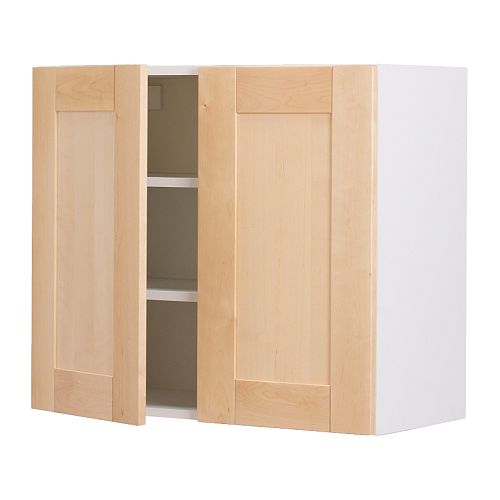I love original decorative trim work and molding pieces – intricate moldings for windows and doors, tall baseboards with added bonus of toe kicks – the grand old stuff that just isn’t put into houses anymore, at least your typical contractor-grade flips. The VIB came with a good deal of its original decorative woodwork intact. One of my favorite elements in our home are the staircase panels. And then there are the door and window casing moldings from 1897.
But for every piece of molding and trim in good condition, we have one that’s rotten, or been replaced by a plain board at some point. Luckily, even in 1897 they made things pretty standard, as we have been able to salvage a bunch of casing molding pieces that look just like ours from places like the now defunct Brass Knob Warehouse, Community Forklift just outside of DC and Loading Dock in Baltimore. We used the salvage pieces in places where the original molding was missing – like the powder room and basement doors.
But when it came to finding lookalike pieces to frame out the french doors and new kitchen/ dining room pass though opening, I was pretty eager for another solution that would require less time and effort that salvaging old moldings, stripping, and repainting. Plus with 8-foot high openings, it is difficult (if not impossible) to find original trim pieces of that length still in good condition. Custom replicas would have been nice, but were out of the question for us, as we are obviously not operating on an unlimited budget.
MOLDINGS
So in the quest for new – but old-time feel and look – moldings, we had a look at the big box stores – and found what we needed (or close enough) at Lowes. I was actually surprised at quite a big selection of fancy moldings that they carry in sock, and was absolutely stoked to find the “Colonial Molding, which in profile and face is the closest to our original moldings. Although the Lowes replacement moldings aren’t an exact match for our original trim, you can only tell if you look up close, and are very determined to find the differences. At 4′ across the colonial molding is also the exact width of our original moldings.
The bit that really gives away the Lowes moldings isn’t actually the looks — but the depth. The new moldings are pretty thin, just about 0.5″, whereas the original moldings are 0.75″ thick — big, and actually very noticeable, difference. The difference to me was visible right away when our contractors nailed up one piece.
Obviously that wasn’t going to work, we needed to compensate for the difference with filler pieces. The tricky bit here is that Lowes doesn’t carry 0.25″-thick trim boards. So we set off for Home Depot, which does not have the molding we found at Lowes, but does carry pre-primed plain 0.25″-thick molding strips, we bought plain 0.25″ thick molding pieces, with no raised profile or any other fancy stuff. To save a bit of money we actually cut the those molding pieces right down the middle, creating two filler pieces. Then we stapled the filler behind the imitation molding on either side, which gave us the exact depth of 0.75″ that we needed to match the original moldings.
BASEBOARDS
Baseboards were also a bit tricky to replace and imitate. Like any self respecting house from the turn of the century, the VIB has big old baseboards. Like almost a foot tall. None of the baseboards at Lowes could quite measure up. We tried to fake it anyway, and the heigh difference was noticeable right away. Not good, and therefore back to the drawing board, or Home Depot in our case, which surprisingly had tall proper height baseboards we were looking for. We also added a piece of shoe molding on the bottom to complete the look. Close enough!
Now, if I could just find a replacement spindle to match our staircase – we have two that were replaced with plain pegs at some point…any tips?






